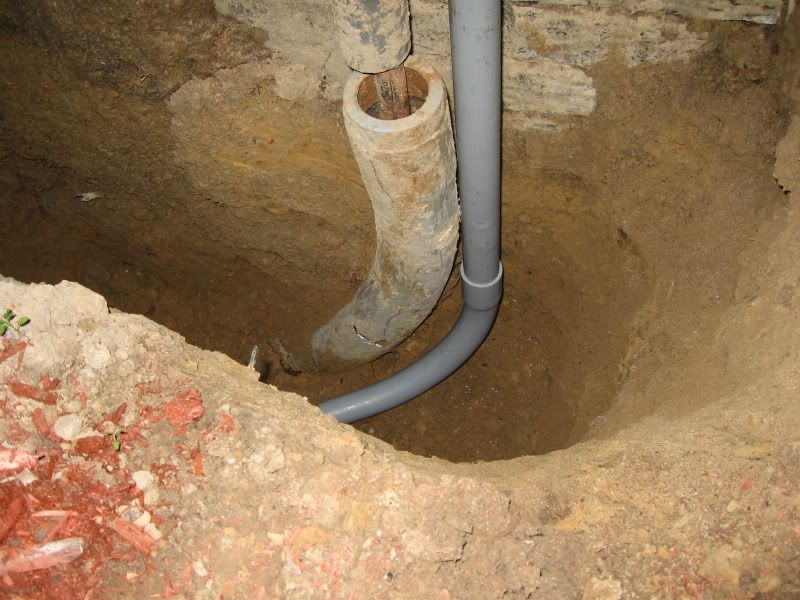if the conduit turns vertical and extends out of the ditch to a "fixed" enclosure or fitting, an expansion joint is often used (sometimes required) to compensate for ground movement. Often times the conduit without an expansion joint will "settle" and pull loose from the enclosure.
Do you mean like this:
View attachment 3380
I just ran across that about an hour ago. Interesting coincidence. You can see from the color on the conduit that the conduit was once completely seated in the coupling (or at least it was mostly in the coupling).
I'm not sure I see any sign of glue, though.
Steve


